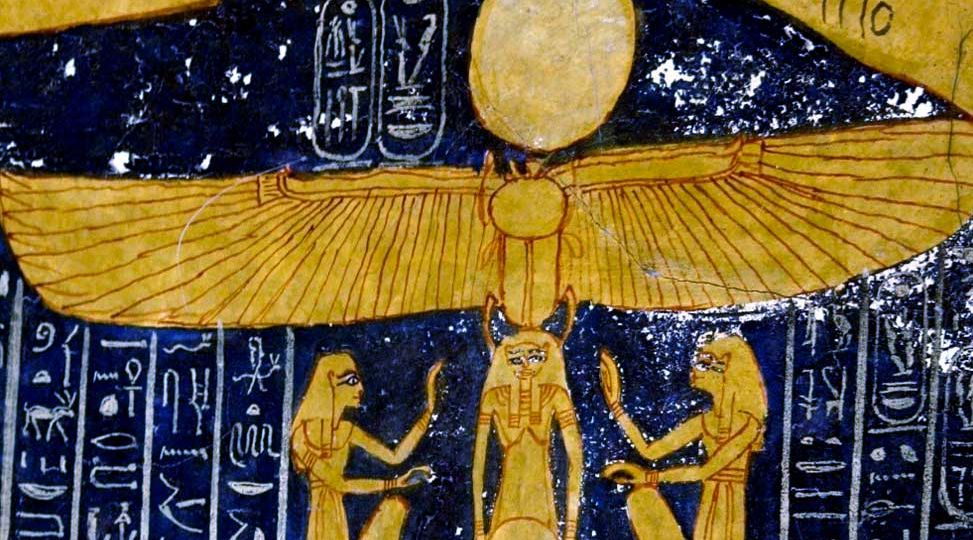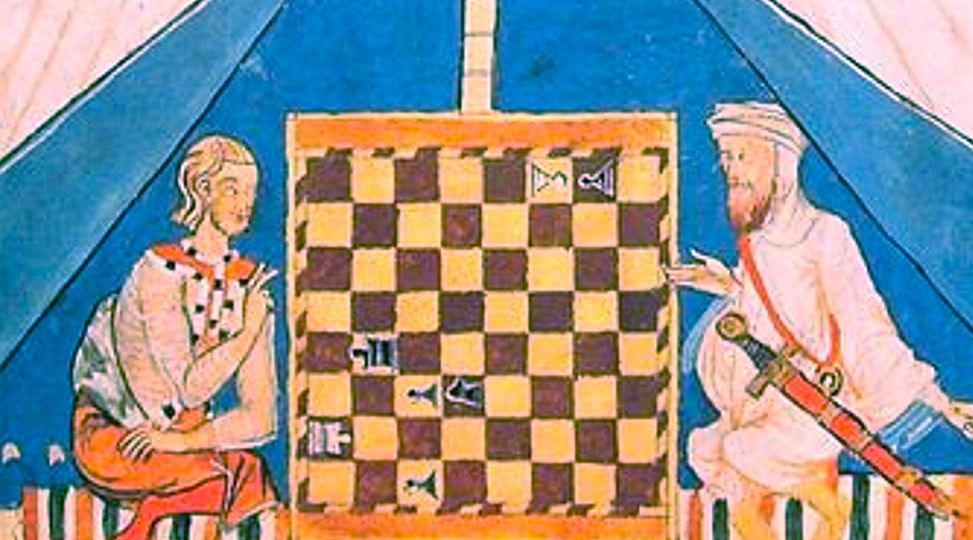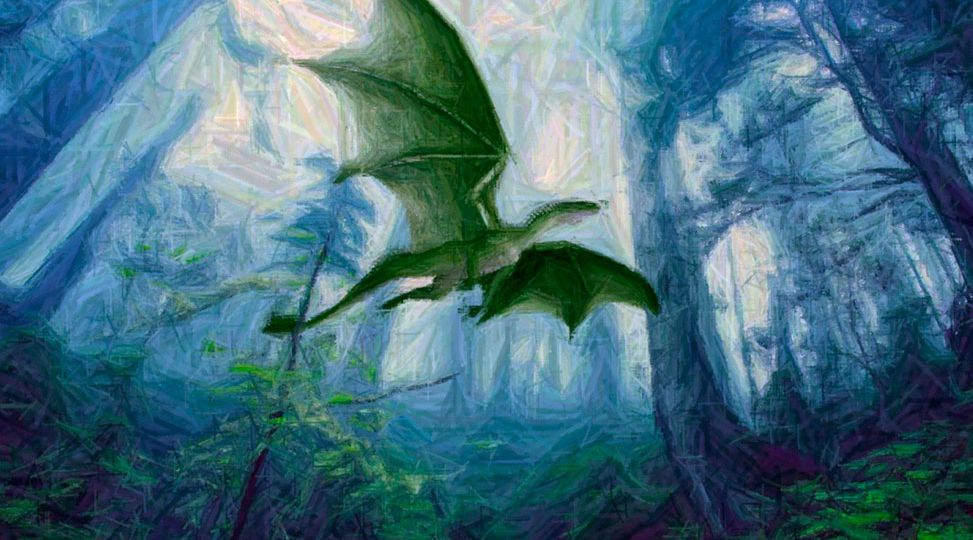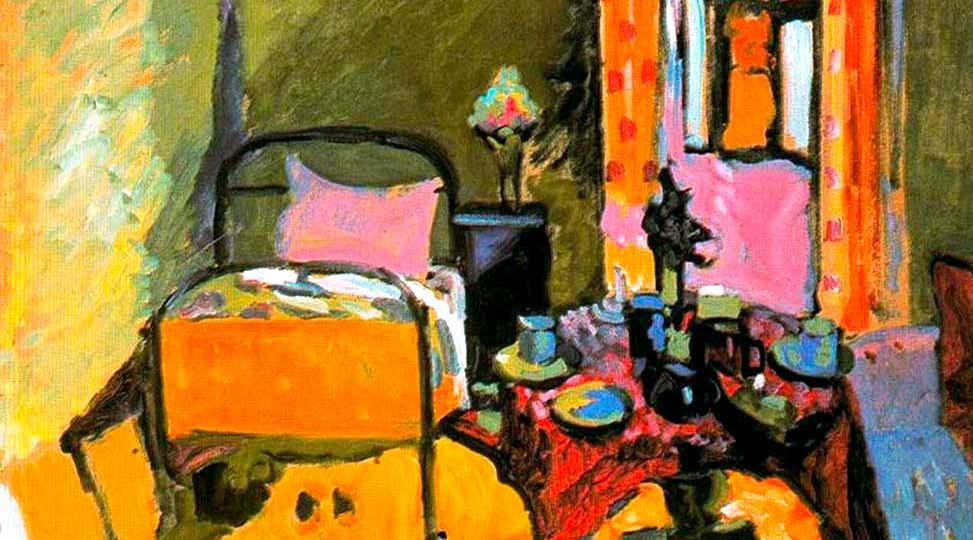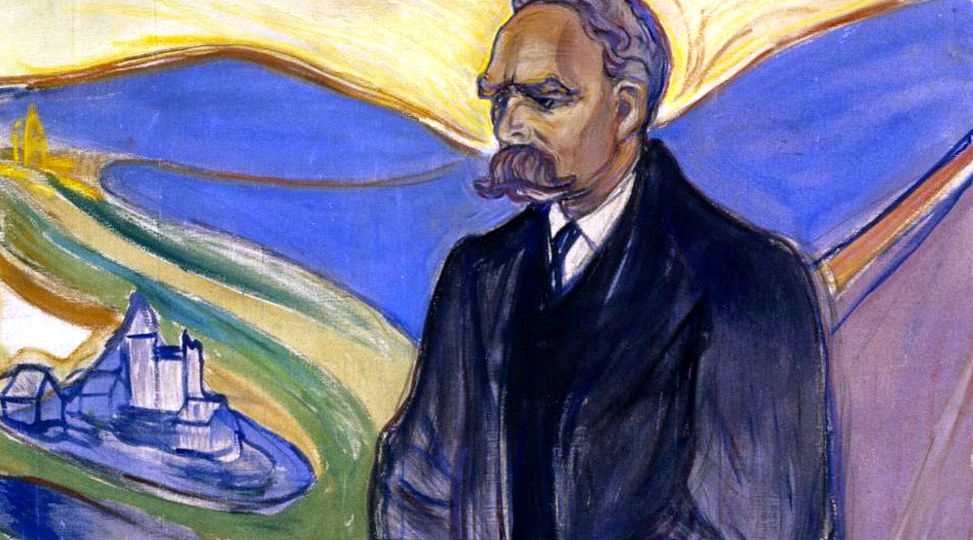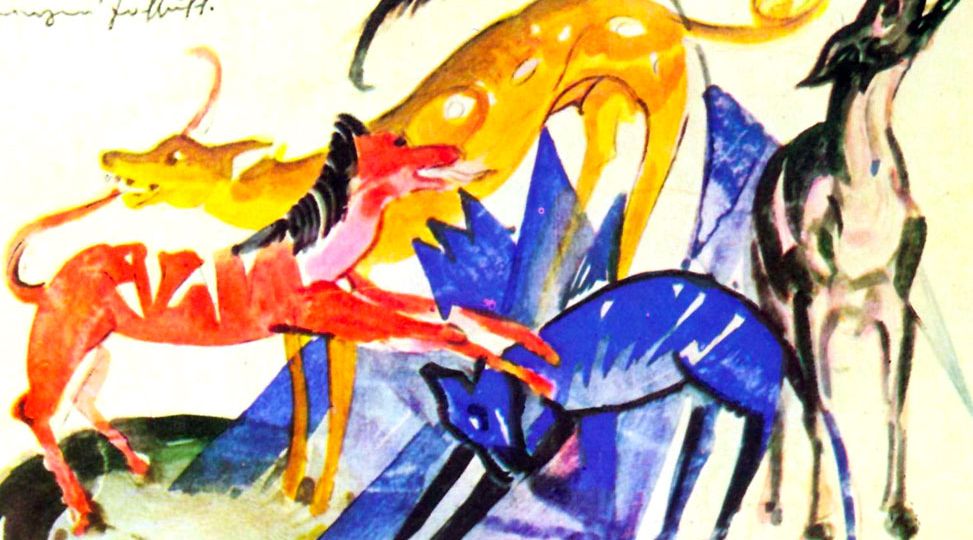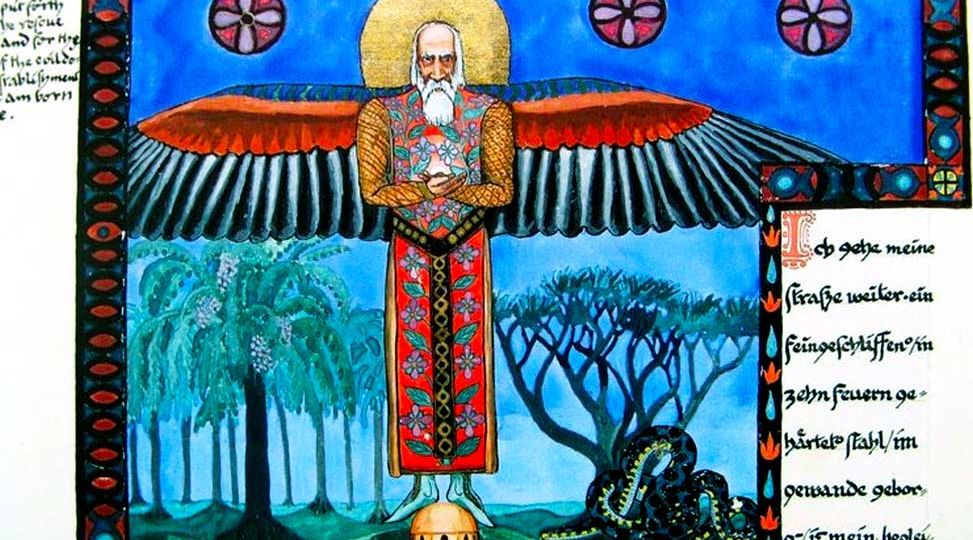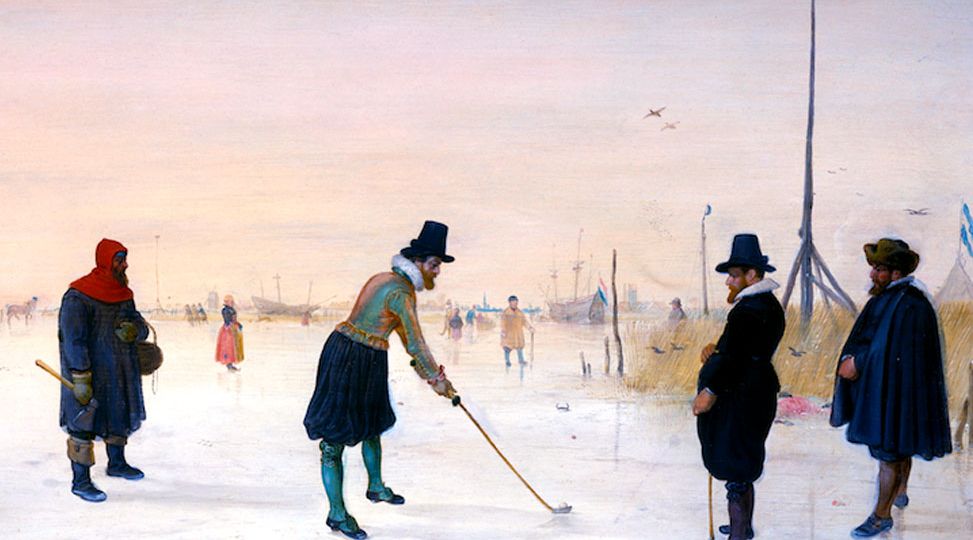Within the function-attitude preference hierarchy for each type, there are three natural groupings which seem to reflect a “Me, Spirit, and Other” delineation and describe our areas of “strength, vulnerability and creativity, and defense,” respectively. Is it more than a coincidence that this configuration has parallels in most traditional world views, as “Earth, Heaven, and Underworld?”
Personal Development, Health, and Spirituality
People of different types are prone to think about religion and spirituality in different ways. While type obviously does not determine a person’s religious beliefs, type is a lens through which one views the world of religion and spirituality, and as a result, contentious religious differences are often, in part, typological differences in disguise.
Just as Hiccup’s superior function, his Hero, has been wounded by his culture and his father, this dragon is wounded as well, a figure we will come to see as Hiccup’s inner truth. This is the story of an individual recognizing the wounding that has occurred, and claiming back his authentic power by developing his Heroic function.
Facing death is an event that challenges how the various functions in the psyche work together in everyone—cooperating, compensating, decompensating, or even in integrating with each other. Since most people in their conscious lives are more familiar with the adaptations of life, not of death, facing death often forces us to face our inferior function.
Rather than truly being able to move down to embrace the inferior function, to achieve “integrity in depth,” Nietzsche tries to “overcome” the problem of the personality. His fantastic intuitions are not wholly thought through, and so he is not able to deal with the real task of individuation, which asks us to ground consciousness in the reality of body and mind.
I see very clear portrayals of the function-attitudes in my canine friends. They often manifest in such simple and “pure” form that I feel I’ve been given a glimpse of how our human typologies may have evolved, and at what the function-attitudes “look like” without the complex dynamics and conscious obfuscation of human personalities.
Which functions do we use when we engage in Jung’s favorite form of internal reflection? Jung conceived of this unique form of meditation as a vehicle for building a bridge between consciousness and unconsciousness, and for connecting our personal unconscious with the collective unconscious. Introverted intuitives seem to embrace this exercise …
First comes the development of the Hero; next is the “fall,” which brings awareness that something is missing, leading to the rejection of the heroic inflation and the longing for more. Then comes the real “journey,” holding the tension between our highly conscious dominant/superior function and our much less conscious inferior function.
To win in the crucible of national championship golf requires skill, luck, and self-knowledge. A player with the requisite physical skill may be distracted by the emergence of the inferior function or led out of focus on the present by auxiliary or tertiary functions. One must rely on the extraverted sensation function, whether it is dominant or not.
Jung observed that, “The developing personality obeys … only brute necessity; it needs the motivation force of inner and outer fatalities.” Are “outer fatalities” a requisite for growth? Are “inner fatalities” necessarily traumatic and potentially catastrophic? Are there gentler, more positive ways of facilitating development of personality?


